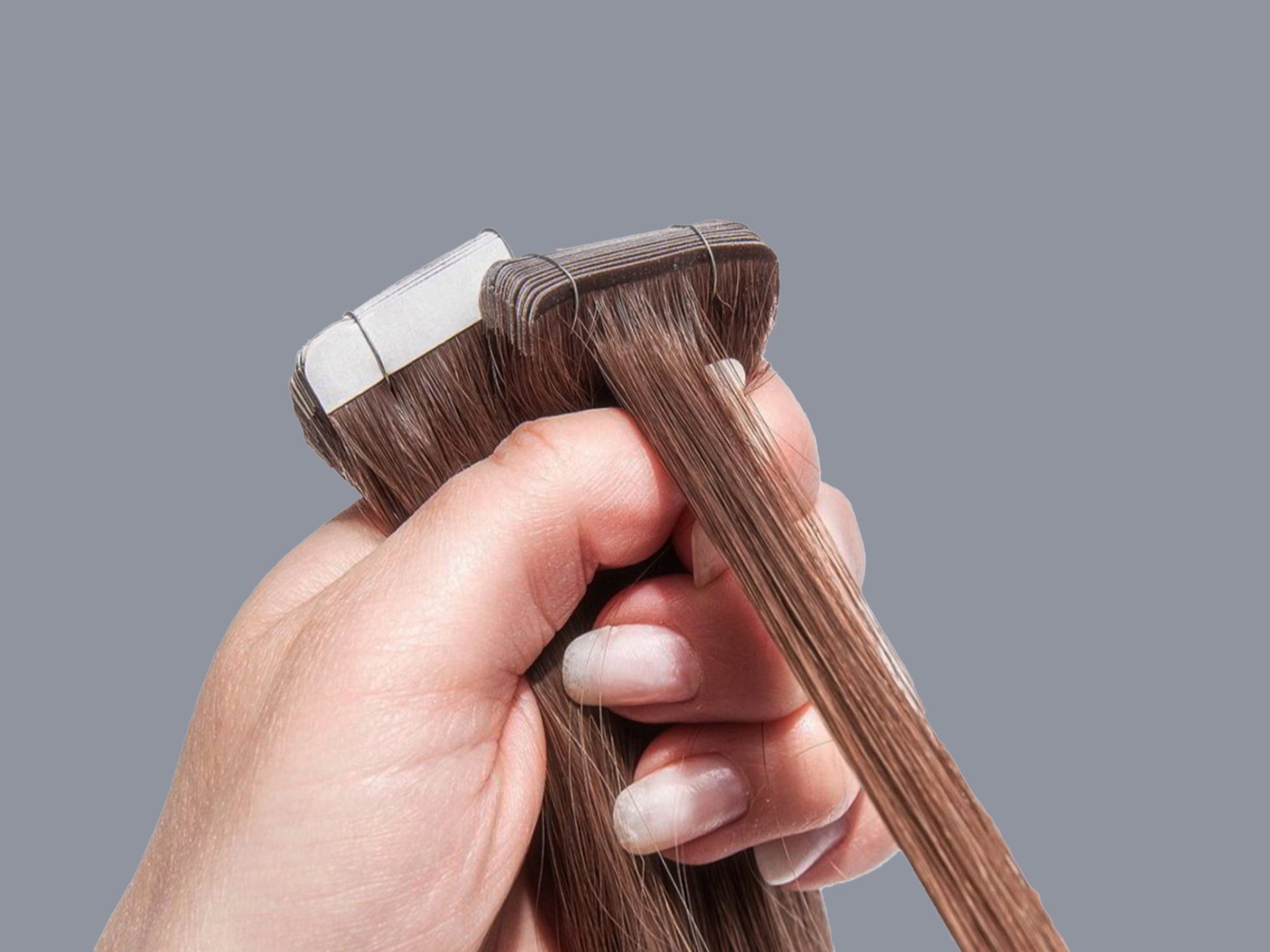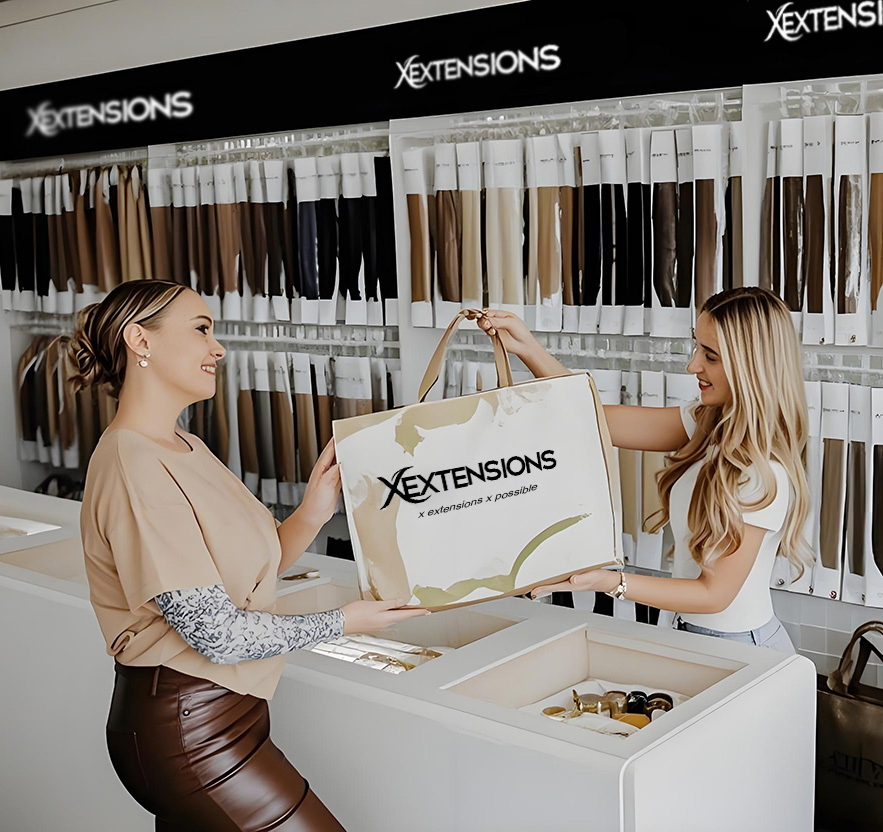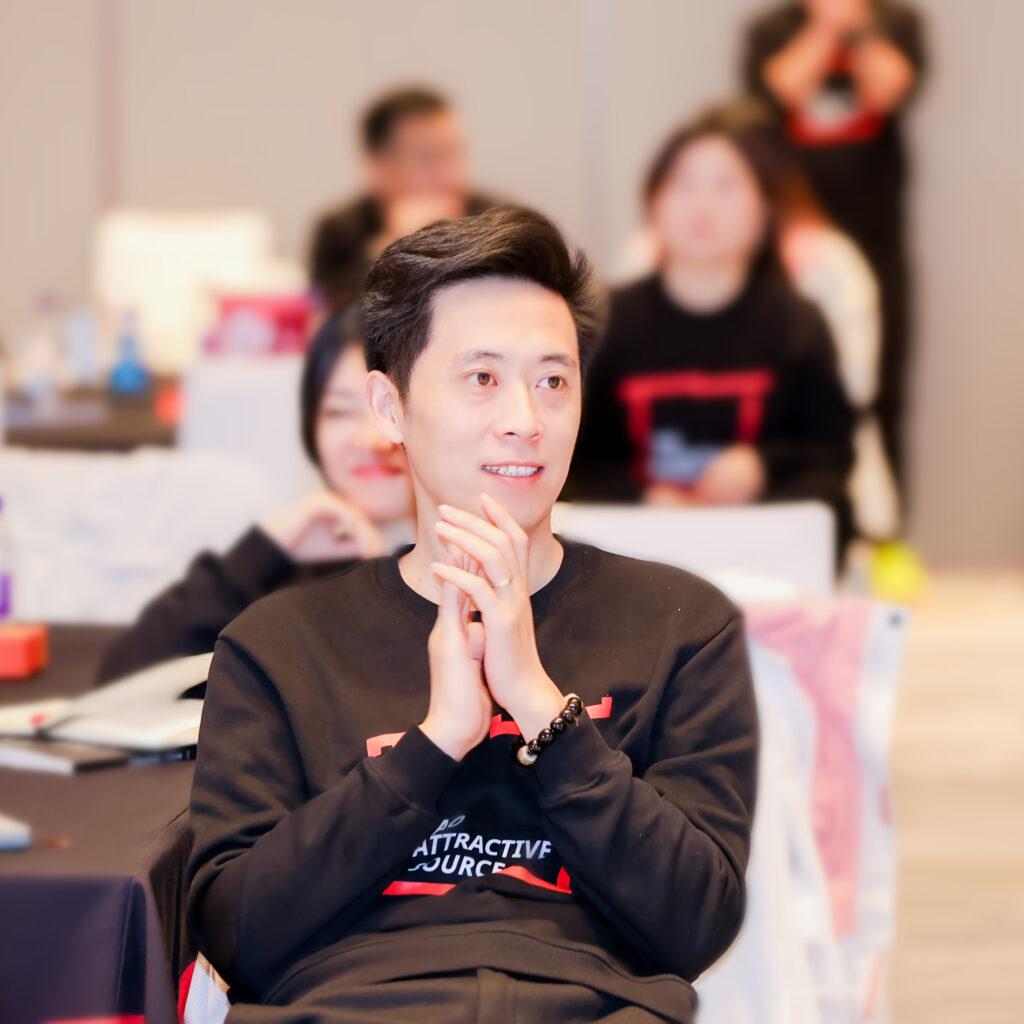What types of hair extension materials are available for salon?
When offering hair extensions in your salon, choosing the right material is essential for delivering superior results. The quality of the material influences not only the look and feel but also the longevity of the extensions.
The top hair extension materials include virgin hair, Remy hair, and synthetic hair. Among these, virgin hair is considered the highest quality, making it the best choice for salons.
Let’s explore the different materials available and why virgin hair is regarded as the top option for salons.
What is the best material to use for hair extensions?
For salons aiming to offer premium quality, virgin hair1. is undoubtedly the best material. This hair is completely natural, unprocessed, and collected directly from a donor. It hasn't been subjected to any chemical treatments, making it healthier and more durable than processed hair.
Virgin hair offers a natural, silky look and feel, making it the perfect choice for clients who want extensions that blend seamlessly with their natural hair.

Why is virgin hair the best for extensions?
Virgin hair is in its purest form and has not undergone any chemical treatments like coloring, perming, or bleaching. This makes it the highest quality option available, as it maintains its natural cuticles, texture, and shine2. It is more durable and blends better with natural hair than other types of extensions.
- Natural look and feel: Virgin hair blends seamlessly with natural hair, offering a flawless appearance.
- Customization: It can be styled, dyed, and treated just like natural hair, offering complete flexibility.
- Longevity: With proper care, virgin hair can last up to 2-3 years, making it a long-term investment for your clients.
Benefits of Virgin Hair Extensions
| Pros | Cons |
|---|---|
| Natural texture and shine | Higher cost compared to processed hair |
| Can be dyed and styled as natural hair | Requires proper care to maintain quality |
| Durable and long-lasting | More expensive for the salon to purchase |
What are the best hair extensions to get at a salon?
When choosing extensions for your salon, quality should always be the priority. Among the different types, the Genius Weft is currently one of the most popular and high-end options. These extensions are a cut above, offering superior quality and a seamless blend.
The Genius Weft extension system has become a top choice for high-end salons because of its advanced design, ease of application, and long-lasting results.

What makes Genius Weft a popular choice?
The Genius Weft system uses a unique process where the hair is sewn into a flat, flexible weft that is lightweight, comfortable, and virtually undetectable. This technique offers both durability and a natural look, making it the perfect choice for clients who demand luxury and quality.
- No glue or heat required: This minimizes damage to the natural hair and ensures a more comfortable application.
- Flexible and durable: The flat weft is designed to stay secure for extended periods, making it ideal for clients who want long-lasting extensions.
- Natural blend: The Genius Weft system seamlessly integrates with natural hair for a flawless finish.
Comparison of Popular Hair Extension Types
| Extension Type | Pros | Cons |
|---|---|---|
| Genius Weft | Flexible, natural-looking, long-lasting | Higher price point |
| Tape-In Extensions | Fast application, minimal maintenance | Visible if not applied properly |
| Microlinks | No glue, reusable, versatile | Time-consuming application process |
What is the least damaging form of hair extensions?
For clients concerned about hair health, the least damaging extension methods are those that avoid glue, heat, or excessive tension. Tape-in extensions and microlinks are among the least damaging because they don't require harsh adhesives or heated tools.
Tape-in extensions are considered one of the least damaging because they are applied using a special medical-grade tape that is gentle on the natural hair.

Why are Tape-In Extensions less damaging?
Tape-in extensions use a thin, flexible tape to secure the extensions to the natural hair. This method is gentle because there’s no need for glue, heat, or sewing, reducing the risk of breakage or scalp irritation.
- No heat or glue: Tape-ins don’t require harsh tools, minimizing damage to both the natural hair and scalp.
- Quick application: This method is fast, allowing you to apply extensions without putting excessive strain on the natural hair.
- Natural look: The thin tape lies flat, ensuring the extensions blend naturally and remain discreet.
Comparison of Damaging vs. Non-Damaging Methods3
| Extension Type | Damage Level | Benefits |
|---|---|---|
| Tape-In Extensions | Low | Quick application, no glue or heat, reusable |
| Fusion Extensions | High | Strong hold but can cause breakage if not applied properly |
| Clip-In Extensions | Low | Temporary solution, no long-term damage but can stress hair with frequent use |
What is the newest method of hair extensions?
As technology in the beauty industry advances, new methods of applying hair extensions are emerging. One of the newest trends is the I-Tip extensions4 system. This method uses individual strands of hair, attached to natural hair with small beads, without the need for heat or glue.
I-Tip extensions offer a unique, modern solution for clients seeking a more customizable and lightweight hair extension.

How do I-Tip extensions work?
I-Tip extensions are applied strand by strand, where small beads are clamped onto the natural hair to hold the extension in place. This method doesn’t require heat or glue, making it a gentler option compared to traditional fusion methods5.
- Customizable: I-Tip extensions can be tailored to the client’s hair type and desired look.
- Flexible: The beads are discreet and can be moved as needed, allowing for easy maintenance.
- Lightweight: The individual strands create a light, natural feel without weighing down the hair.
I-Tip Extensions vs. Traditional Methods6
| Method | Application Time | Damage Level | Benefits |
|---|---|---|---|
| I-Tip Extensions | Longer | Low | No glue or heat, customizable |
| Fusion Extensions | Longer | High | Strong hold but can cause damage |
| Tape-In Extensions | Short | Low | Fast, minimal maintenance required |
Conclusion
Virgin hair, especially in the form of Genius Wefts, is the best material for high-end salon extensions. The newest methods, like I-Tip extensions, offer more customization while minimizing damage.
-
Learn why virgin hair is considered superior to processed hair in terms of quality, texture, and durability. ↩
-
Learn why virgin hair is considered superior to processed hair in terms of quality, texture, and durability. ↩
-
Learn about the benefits and potential downsides of virgin hair extensions to make an informed choice. ↩
-
Learn about the innovative I-Tip hair extensions system, a modern and customizable method without the need for glue or heat. ↩
-
Discover how I-Tip extensions compare to fusion extensions in terms of application, comfort, and maintenance. ↩
-
Compare I-Tip and Tape-In extensions in terms of application time, maintenance, and damage level. ↩



